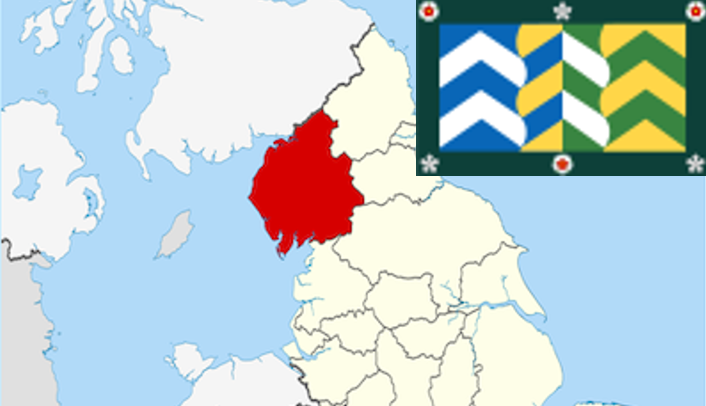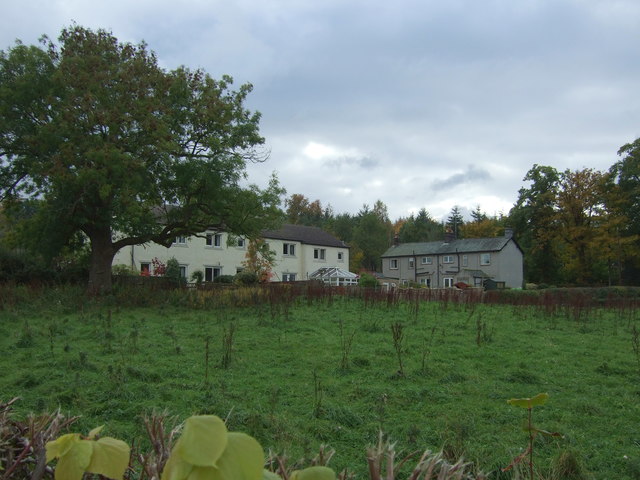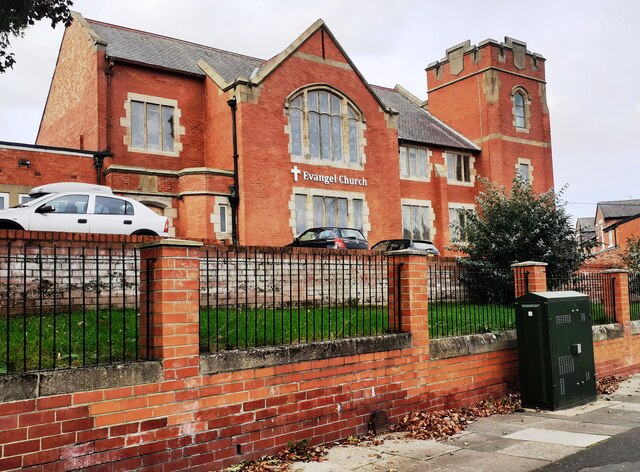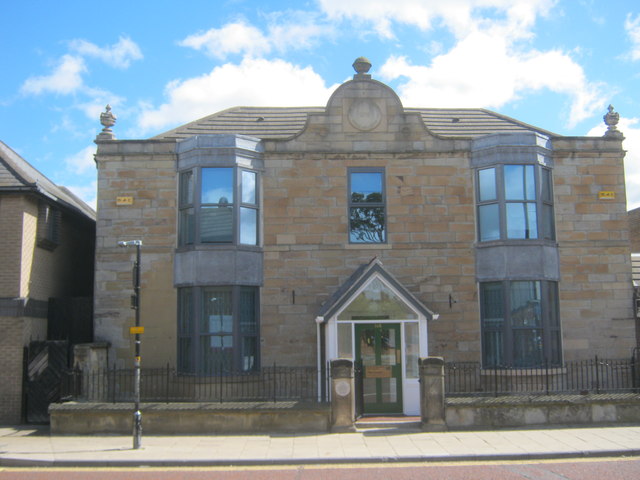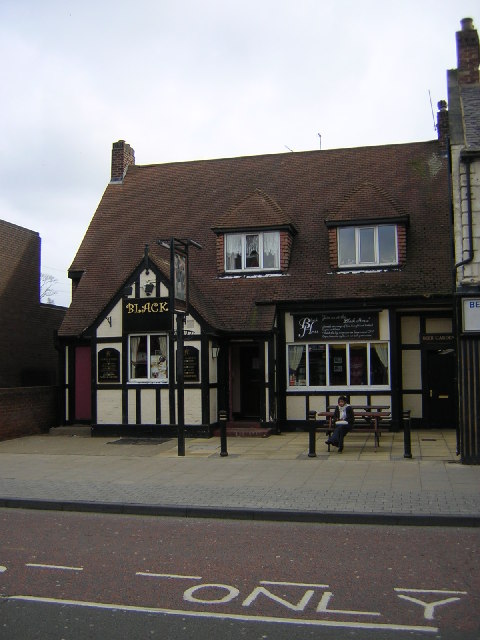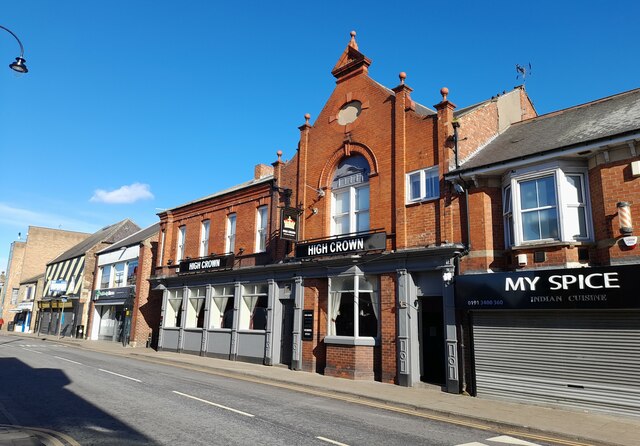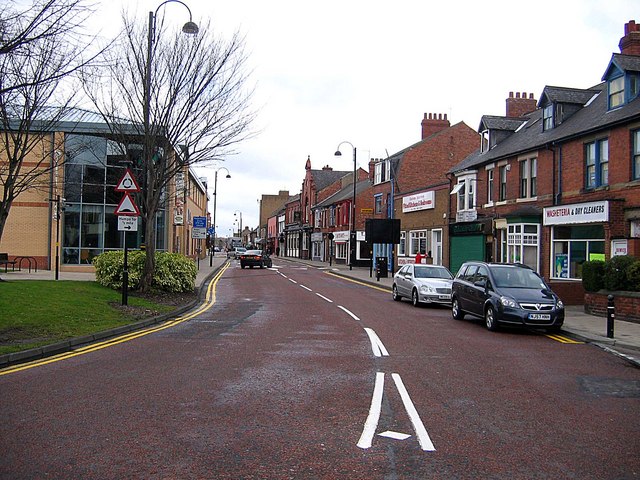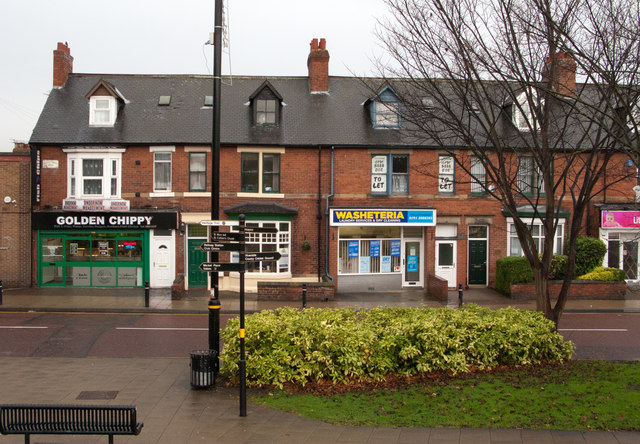Topics > Civil Parishes in Cumbria > Lowther Civil Parish > Lowther Parish, 1829
Lowther Parish, 1829
Extract from: History, Directory, and Gazetteer, of the Counties of Cumberland and Westmorland, with that part of the Lake District in Lancashire....William Parson & William White, 1829.
Contents: Parish, Lowther Castle, Lowther Family, Lowther Village, Hackthorp, Melkinthorp, Whale, DIRECTORY
LOWTHER PARISH
Is a fertile and picturesque district, 3 miles in length arid 2 in breadth, bounded on the west by the river Lowther, on the north by Clifton, and Brougham parishes, on the east by the Leeth rivulet, and on the south by the parish of Bampton. It comprises the manors and constableries of Lowther, Hackthorp, Melkinthorp, and Whale, belonging to the Earl of Lonsdale, and containing a population of 599 souls…
LOWTHER CASTLE, the pride of the parish, and the ''princely mansion" of the Earl of Lonsdale, stands majestically in a beautiful park of 600 acres, 4½ miles S. of Penrith, 7 miles NNW. of Shap, .and 4 miles E. of Pooley Bridge, on the east side of the delightful vale of Lowther, half a mile west of the high road from Kendal to Carlisle. This elegant mansion, which combines the majestic effect of a fortification with the splendour of a palace is of modern fabrication, being commenced about the year 1802, upon the site of the ancient hall, which was nearly destroyed by fire in 1720. "Its numerous towers, of different shapes and elevations, are crested with battlements, and pierced with slit windows ; and the freshness of the stone gives great richness to all these harmonious masses of architecture," which diminish in height from the great centre tower to the two extremes, and from the northern front, the grand entrance to which is by a rich Gothic portico, surmounted by an embattled parapet. This front is no less than 420 feet in length, and is in the style of the 13th or 14th century, having before it a strong rampart, forming a semi-polygon, flanked at the angles by circular bastions, below which a large area is enclosed by a parapet wall, with a covert way and turreted bastions at the corners, having at the entrance a porter's lodge, with a double gate and postern, and in the centre, a large gateway, guarded by two strong octagonal towers, with loop-holes in each of their faces" from which an enemy might be repulsed in this approach to the castle. ''The southern front forms a remarkable contrast with the northern, being built in the Gothic cathedral style, with pointed mullioned windows, delicate pinnacles, niches, and cloisters ; and the scene from this front accords well with the solemn character of the edifice, being a lawn of emerald green and velvet smoothness, shut in by ornamental trees and shrubs, and by timber of the loftiest growth. The interior of the castle is fitted up with corresponding taste and splendour. There is a plentiful use of British oak, carved with Gothic ornaments, in the furniture and wainscoting of the rooms. The staircase, which ascends in the central tower, is extremely fine, from the architecture, the stained glass, the figures, the rich wood o£ the balusters, and the solid brass with which the rail is covered. There are a few good pictures in the house, and an ostentatious display of massive plate." A beautiful flower-garden is separated from the park by a sunk fence, and from the southern front several walks wind away to Lowther terrace, through groves of forest and fancy trees, amongst which are some of the largest Scotch pines in the North of England. Below the terrace the river Lowther pursues with placid stream its devious course, 'twixt flowery meads, sometimes hiding its smooth pellucid waves beneath the umbrageous foliage which skirts its banks, and anon peeping through the matted branches, in the full glow of picturesque beauty. The view from the great tower is grand and extensive, being shut in by Skiddaw, Helvellyn, St. Sunday Crag, and many other distant mountains.
LOWTHER FAMILY. The first of this family on record occurs in a deed to which William and Thomas de Lowther were witnesses, in the reign of Henry II. but they were no doubt located here long before the conquest, and took the name of the river Lowther, or Loder, (in the ancient British language " Gled-dwr,") which signifies limpid stream. The supposition that the name is of Danish derivation, from Loth and Er, signifying pertinent stock of honour, is considered as one of those flights of the imagination in which antiquaries, to please themselves or flatter others, are apt to indulge. In the reign of Henry III. we find the names Sir Thomas de Lowther, and Sir Gervace de Lowther; but it was not till the following reign that the Lowthers became connected with power, and that elevation in wealth and rank which they subsequently attained. Sir Hugh dt; Lowther was attorney-general to Edw. I. and afterwards justice itinerant: and escheator on the north side of the Trent. He was also a knight of the shire in 1299 and 1304, and at the commencement of Edward the Third's reign was made a justice of the King's Bench. From this reign till that of William III. the Lowthers filled various offices of trust and honour in the law, and also as knights of the shire for both Westmorland and Cumberland, and in the latter county, as sheriff. They appear to have intermarried with many respectable families; also with some few of note and antiquity, as the Cliffords, the Curwens, and the Wyberghs. In the reign of Elizabeth, Sir Richard Lowther, knight, was Lord Warden of the West Marches, and had the custody of Carlisle Castle, and of the persecuted Mary Queen of Scotland. In the reign of Charles I. Sir John Lowther and his son were elected knights of the shire for Westmorland, perhaps the first instance of its representation being united in this family. This Sir John was succeeded by his son Sir John, who being a loyalist, suffered consider- ably during the civil wars, in the cause of that murdered martyr and right royal promise breaker "headless Charles." He was created a Baronet of Nova Scotia in 1640, and sat for Westmorland in the parliament that restored Charles II. His grandson, Sir John, was actively engaged in the "glorious revolution" of 1688, and in 1696 was created Baron Lowther, and Viscount Lonsdale, as has been seen at page 55, where his successors, and their rise to the dignity of Earl of Lonsdale, in 1784, are already noticed. In 1715, Henry, third Viscount Lonsdale, was appointed Custos Rotulorum and Lord Lieutenant of Cumberland and Westmorland, dignities which have ever since remained in the family, and are now held by the Right Hon. Wm. Lowther, K.G. the second " EARL OF LONSDALE; Viscount Lonsdale, of Lonsdale in Westmorland and Lancashire; Viscount Lowther, of Lowther, in Westmorland; Baron Lowther of Lowther; Baron Kendal, of Kendal, in Westmorland; Baron Burgh, of Burgh, in Cumberland," &c. &c. titles to which he succeeded in 1801, on the death of James the first Earl. The Hon. William Lowther, being the Earl's eldest son, bears his father's secondary title of Viscount Lowther. It was not till 1315, that the Lowthers obtained, by purchase, one-fourth part of the Manor of Lowther, but in 1422 they became possessed of the whole of it, to be held by cornage tenure, under the Cliffords, the lords of Westmorland Barony, from whom the Earl of Thanet is descended. The numerous manors and estates which they now possess have been acquired at different periods '' by little and little, partly by purchase and partly by other means." Invariably acting on the principle of "buying and never selling," and being " always lucky," the Lowthers have raised themselves to what they now are first rate in political patronage, and third rate in the scale of the Nobility, and have drawn within the vortex of their house, a great number of the halls and manors of the ancient families of Westmorland and Cumberland, but they did not gain a footing in the latter county till the middle of the 17th century, when they purchased the lands round Whitehaven. (See pages 245-6.) The family of Yarker came to England with the Conqueror, and have been park keepers at Lowther upwards of 300 years, When the present Earl succeeded to his family estates and honours, several of the manors refused to pay their arbitrary fines, from which, after a suit in chancery, they were released, and adjudged to pay 10d. fines certain, with power for the tenants to enfranchise their estates, by paying the value of 25 years purchase, but the mines, minerals, and game are always to be retained by the lord. The Earl of Lonsdale's birth-day (Dec. 29th), is celebrated at Kendal and some other places, where public dinners are held on the occasion.
LOWTHER Village and Lowther New-Town are situated within a mile eastward from the Castle, and 4½ miles S. by E. of Penrith. The ancient village of Lowther stood near the church, at the north end of the park, but was pulled down in 1682, by Sir John Lowther, for the purpose of opening his prospect. The village called Ne. Town was soon afterwards built, with a design of establishing a linen manufactory, which, like the carpet manufactory in the building called the College, did not succeed, though it is said the carpets made at the latter place equalled those of Persia, and sold for from 60 to 100 guineas each. The CHURCH was nearly all re-built in 1686, on a larger and more elegant plan, and the tower was altered in 1824 to its present form. It is dedicated to St. Michael, and the living is a rectory valued in. the king's books at £25 7s. 3½ d. The Earl of Lonsdale is the patron, and the Rev. Wm. Jackson, B.D. is the incumbent. Lowther GRAMMAR-SCHOOL, which has been removed to Hackthorp, was founded in 1638, by Sir Richard Lowther and his uncle Richard, who endowed it with £100. It has since received various benefactions, with which was purchased an estate at High Barton, now let for £10 a year, and a rent charge of £10. arising from land at Lambly, in Northumberland. The Rev. J. T. Ward is the present master. The parish has also the benefit of two Girls' Schools, situated at Hackthorp and Whale, and endowed, in 1738, by the Rev. Richard Holmes, with £100, which was. expended in land, for which the Earl of Lonsdale now pays ten guineas yearly to each school. The Woodhead estate, left by the Lowther family to the poor of the parish, in 1718, is now let for £90 a year. The Earl of Lonsdale distributes amongst the poor of the neighbourhood, every Christmas, about four carcases of prime beef, besides a quantity of warm clothing.
HACKTHORP is a pleasant village and manor forming a joint constablewick with Whale, and distant 5 miles SSE. of Penrith, on the new road to Shap, formed in 1823. The manor anciently belonged to Kendal Barony, but was purchased of the Strickland family by the Lowthers, and now belongs to the Earl of Lonsdale. The old hall, now a farm-house, was the birth-place of John first Viscount Lonsdale.
MELKINTHORP, a village and constablewick, 3½ miles SSE. of Penrith. The manor formerly belonged to a family of its own name, but is now the property of the Earl of Lonsdale. Here is another Girls' School, with an endowment of 3/. per annum.
WHALE, a hamlet near the south end of Lowther Park, ½ miles S. of Penrith. It was once held by the family called de Whale, but now belongs to the Earl of Lonsdale.
|
HACKTHORP AND WHALE. Marked (1), reside in Whale and the rest in Hackthorp. Atkinson Thomas, wheelwright and joiner Bryham Mrs. Sarah Kendall Robert, wood agent to the Earl of Lonsdale Proctor Mrs. Dorothy Rooke William, plasterer Sanderson Thomas, shoemaker Scott Mrs. Mary Kilner, Girls' school Slee William, vict. Lowther Castle Thompson Mrs. Elizabeth Walker Thomas, wheelwright and joiner (1) Ward Rev. James Thomborrow, master of the Grammar-school, and curate of Lowther
FARMERS Thus *are Yeomen Dufton James, Whale moor Green Joseph Harrison George *(1) Kershaw Frances Nelson John *(1) Richardson John Steele George Walker Richard (1) Walker William, Hackthorp hall |
LOWTHER. Lowther Right Hon. William, K. G. Earl of Lonsdale, Lowther Castle Lowther Hon. Viscount William, M.P. Lowther Castle Lowther Hon. Henry Cecil, M.P. Lowther Castle Marked 1, reside at Lowther village; those without mark or name, at Lowther New-Town. Benn Joseph, land agent to the Earl of Lonsdale Brown David, groom Crowder Thomas, brewer, Park side Dargue Wilson, groom Fry Gabriel, under gardener Griffin John Dean. house steward Mawson Joseph, building agent and grocer (1) Mattinson William, blacksmith Nicholson Robert, agent Nlcholson Mr. William Roper Hannah, grocer (1) Roper John, millwright (1) Rose William, porter, Lowther Castle Sibson Joseph, joiner Thompson James, shepherd Walker John, farmer, Low moor Ward William, gardener Yarker Thos. park keeper, Park house
MELKINTHORPE. Bowness Thomas, joiner and wheelwright Graham Isabella, school Harrison Robt. gamekeeper Mallinson Mrs. Jane Robinson Mrs. Mary Thompson Mrs. Agnes FARMERS. Thus * are Yeomen. Abbott Christopher Bowness John * Bowness William Clark John Coulston Thomas Dufton Stephen * Furuess Gerrard * Kendall Richard * Laycock Thomas Thompsoo Margaret Woof Nicholas * |

